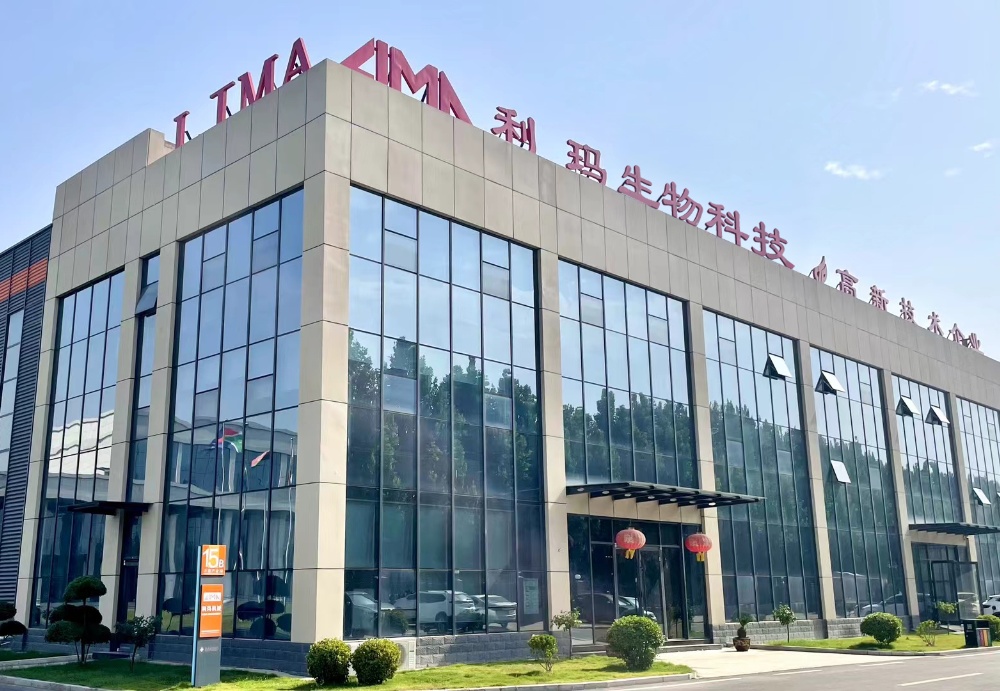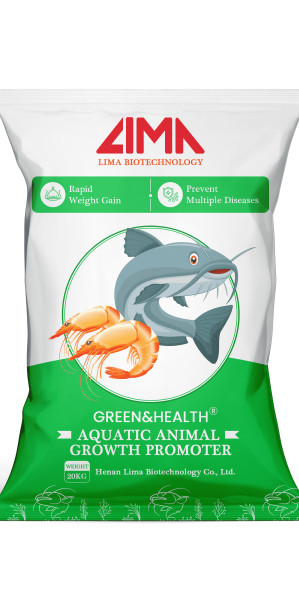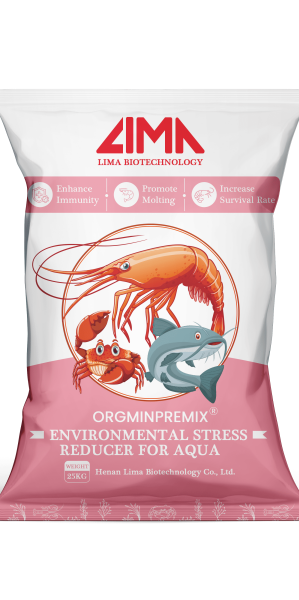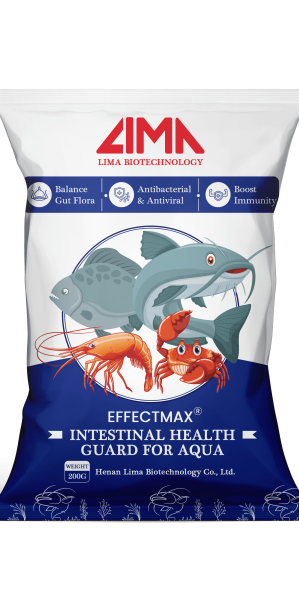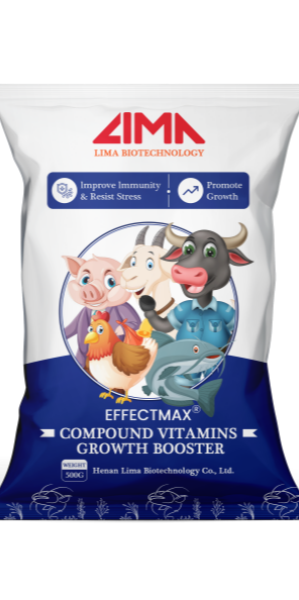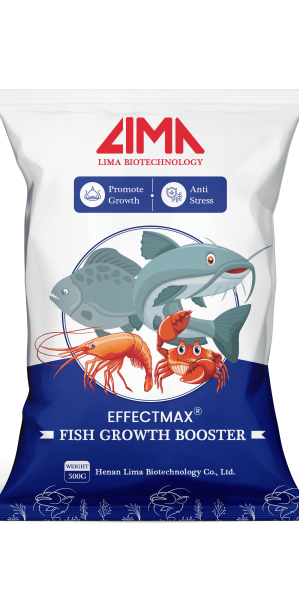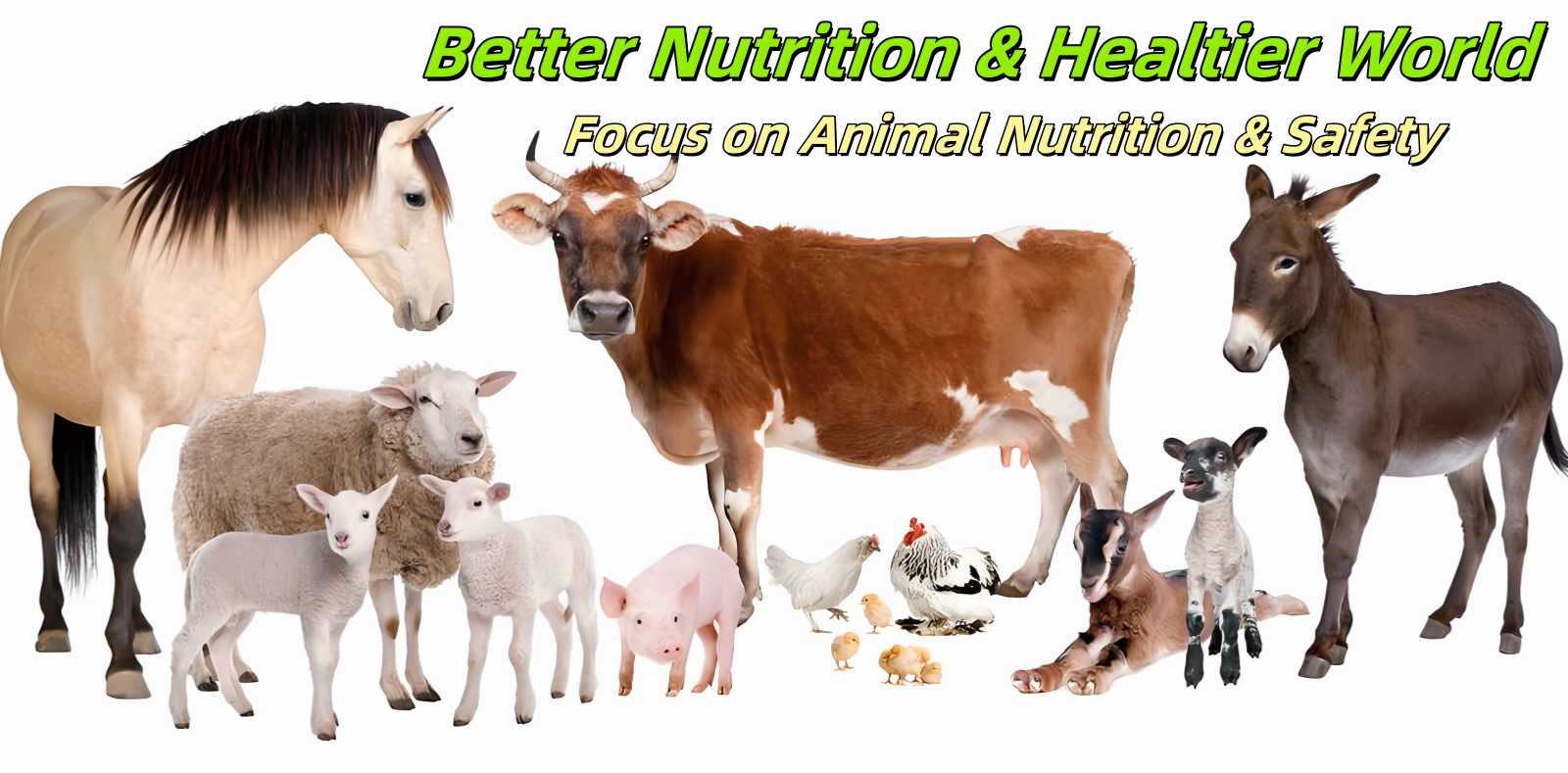In Nigeria, fish farming has become a booming industry within the agricultural sector, and its popularity continues to soar. The core driver behind this growth is the rising demand for healthy animal protein. In this article, you will gain deep insights into the explosive demand in Nigeria's fish market and learn how to farm fish for sustained profitability. Whether you're a novice curious about fish farming or an experienced aquaculturist, this guide serves as your one-stop resource!
1.Profitable Fish Farming in Nigeria
1.1 Nutrient Source
Nigeria's current population stands at approximately 186 million, with about 58% of households facing chronic or temporary food insecurity. Fish serves as a critical food source for Nigerians. Particularly in rural areas, fish and fish products provide over 60% of adults' protein intake, acting as a core nutritional pillar for balanced diets.
1.2. Income Generation
Fish farming occupies a central position within Nigeria's agricultural sector. From an income perspective, fish farming offers sustainable profitability. Numerous new fish ponds are constructed and put into operation annually, while natural rivers and streams continue to be utilized as aquaculture sites. You can engage in this venture in Kaduna, Abuja, Lagos, Ibadan, Abeokuta, Port Harcourt, Calabar, Benin City, Owerri, and throughout Nigeria, generating stable economic income.
1.3. Policy Support
The Nigerian government places high importance on the fish farming industry, implementing proactive supportive policies and introducing a new fish import quota system. These measures drive steady growth and expansion within the sector. It is evident that fisheries are crucial for ensuring the stability of Nigeria's animal protein supply. Consequently, fish farming possesses exceptional development prospects, positioning it as a promising sunrise industry worthy of deep cultivation.
2. Choose Fish for Your Nigerian Aquaculture Business
Choosing suitable fish species is a key prerequisite for success in aquaculture. Within Nigeria's aquaculture market, the following three species are most favored.
2.1 Catfish Farming in Nigeria
Catfish holds absolute dominance in Nigeria's aquaculture industry, driven by three core advantages:
Strong Demand: Nigerians absolutely love catfish! Whether fried or boiled, catfish offers excellent flavor. This ensures farmers face no market concerns upon harvest.
Easy Breeding: Catfish reproduction is relatively straightforward, making it manageable for both beginners and experienced large-scale breeders.
Rapid Growth: Catfish grow quickly with short growth cycles, reaching market size swiftly to maximize profit margins for farmers.
2.2 Tilapia Farming in Nigeria
Tilapia represents an excellent alternative to catfish, offering comparable high-value farming potential. Like catfish, tilapia exhibits rapid growth, enabling efficient production cycles with quick investment returns and harvests. Additionally, tilapia demonstrates stronger resistance to various diseases, significantly reducing the risk of disease-related losses during cultivation.
2.3 Practical tips for Species Selection
Beyond catfish and tilapia, tropical species like pangasius also hold potential in Nigeria's aquaculture environment. However, final selection must align with individual circumstances.
Before launching a fish farming business, conduct thorough research on target species or actively seek advice from experienced farmers before making final decisions. This lays the foundation for your aquaculture success.
3. Firstly Set Up Your Fish Farm
Proper site selection and scientific pond construction are fundamental to stable fish farming operations, with every detail demanding attention.
3.1 Locating Your Fish Farm
Site selection is the first critical step in fish farming, requiring careful consideration of the following three points:
Water Supply Security: Fish survival depends on clean, stable water sources. Whether using well water, spring water, or river water, your land must have sufficient water supply, especially requiring advance confirmation that water quality meets standards. This directly impacts fish health and the sustainability of your fish farming business.
Market Proximity: The ultimate goal of farming is profitable sales. The site should be as close as possible to target markets. This reduces transportation costs and ensures fish reach consumers fresh and of high quality.
Land Conditions: The pond area must match the farming scale. Select terrain suitable for pond construction and prioritize establishing an effective drainage system. Seek professional assistance to assess the land's suitability for aquaculture and avoid blind site selection.
3.2 Constructing Your Fish Ponds
Once the location is confirmed, pond construction should proceed according to your specific needs. Pond size must be determined by considering the species being farmed, planned stocking density, and long-term production goals. Common construction materials include concrete, geomembranes, and compacted soil. Since pond construction involves specialized aspects like terrain preparation and leak-proofing design, it is best to consult experienced fish farmers or industry experts to ensure a scientifically sound and reasonable construction plan.
3.3 Acquiring High Quality Fry
Once the pond is ready, introduce fry or fingerlings. Select high-quality fry—vigorous, active fry are generally healthier. Avoid sluggish individuals or those with wounds, as these fry are likely to have weaker resistance and higher disease risks.
Remember: For large-scale operations, prioritize purchasing fry from certified hatcheries specializing in disease-free stock. Alternatively, source specific varieties from established farms to minimize transport damage.
4. Feed Yourt Fish Healthy and Make Them Grow Faster
4.1 Selecting High-Quality Fish Feed
Feed costs account for 60%-70% of total aquaculture expenses, making feeding management critical to profitability.
Nutritional composition is paramount. Common high-quality ingredients in Nigerian fish feed include cornmeal, soybean meal, peanut cake meal, blood meal, vitamin-mineral premixes, bone meal, and oyster shells—all providing comprehensive nutrition. Alternatively, source imported ingredients from reliable suppliers and formulate feed strictly according to species-specific nutritional requirements at different growth stages.
4.2 How to Accelerate Fish Growth?
This is a top concern for many aquaculture farmers—and even non-specialists—interested in bringing fish to market faster.
It's important to recognize that certain feed additives are indispensable. Vitamins insufficiently present in feed ingredients must be supplied in synthetic forms.
Take Lima's Fish growth booster as an example. It contains multiple probiotics, amino acids, proteins, vitamins, minerals, and other essential animal nutrients. Its primary functions are: balancing gut microbiota, enhancing feed digestion and absorption, promoting animal growth, and boosting immunity.
Fast Fish growth supplement primarily targets the intestinal tract to enhance digestion and feed utilization efficiency.
Fish growth rates increase by at least 10% within 30 days. Post-harvest dissection reveals plump, elastic intestines.
4.3 Correctly Feed Your Fish
Feeding Tips: Different fish species have distinct feeding habits. For example, catfish are best fed in the early morning and evening.
Never feed expired or moldy feed to prevent fish diseases.
Simultaneously, plan your feed inventory in advance. During the fish growth phase, feed consumption is extremely high. Avoid feed shortages that could halt fish growth.
When feeding fish, the natural catfish growth promoter comes in powder form for easy use—simply mix it evenly with your fish feed. Available in 20kg bags. To ensure aquaculture farmers can conveniently try it and receive stable supply for bulk orders, Lima has established warehouses for the fish growth booster in multiple locations across Nigeria:
Address 1: 3 km after Shagamu Interchange, Lagos to Ibadan Expressway, Win-Win Industrial Park, Shagamu, Ogun State, Lagos, Nigeria
Address 2: Kano store address: No. 6 Yoruba Road by Ibadan Road, Kano State.
Address 3: bbatoir Market, Old Abeokuta Road, Pencinema, Agege, Lagos State.
5. Scientific Aquaculture Management
5.1 Maintaining Fish Density
Fish reproduce and grow rapidly, especially catfish. Overcrowding causes oxygen deprivation and suffocation, while under-stocking leads to uneven distribution, increasing feed wastage and reducing profitability.
5.2 High-Quality Water Supply
Superior water quality is fundamental for rapid fish growth. Monitor dissolved oxygen levels, carbon dioxide concentration, pH, and nitrite content to maintain optimal conditions. Using Lima's Fish growth accelerator for 15 days gradually reduces nitrite levels, stabilizing water quality. You'll notice a significant improvement: the disappearance of white feces syndrome.
Integrate water quality monitoring into daily operations, regularly clean debris from ponds, and maintain consistent water conditions.
5.3 Fish Disease Prevention and Control
Fish disease outbreaks can cause significant mortality. Newly purchased fry must undergo quarantine observation before release into main ponds. Daily monitor swimming patterns and feeding behavior. If fish exhibit solitary swimming, reduced appetite, or abnormal body surfaces, promptly investigate causes and consult veterinarians or experienced farmers to minimize losses.
Based on farmer feedback, using fish growth boosters significantly enhances fish resistance and stress tolerance, keeping your fish lively even during harsh weather.
6. Marketing Your Fish Farming Business
The market presents opportunities where demand gaps exist. Nigeria's fish market is booming, with annual consumption reaching approximately 2 million tons, creating a substantial market gap. Effective marketing helps farmers monetize quickly and boost profitability. We recommend initiating sales before fish reach market size to secure customers in advance.
6.1 Expand Online Presence
Leverage social media and local e-commerce platforms to share pond updates and product quality content, building your personal farming brand to attract online inquiries and orders.
6.2 Offline Aquatic Sales
Proactively engage with local restaurants, bars, cafes, and catering establishments. Partner with organizers of weddings, celebrations, and events. Simultaneously tap into the household retail market to establish a multi-channel sales network.
6.3 Selling Fish to Middlemen
If lacking direct customer resources during startup, consider connecting with buyers through local middlemen to rapidly enter the market. Gradually build your own sales channels after accumulating a customer base.
7. Start Your Profitable Nigerian Fish Farming Journey Now!
Nigerian fish farming has emerged as an exceptionally attractive entrepreneurial venture. From species selection to site development, feed choices to fish growth booster selection, daily management to disease prevention, and marketing strategies—every aspect impacts the success of your operation.
By dedicating yourself to diligent management, strictly adhering to scientific farming methods, and continuously accumulating experience, you can achieve stable profits and success in Nigeria's fish farming industry!
- About Lima Biotech
- Careers-Lima Biotech
- Code of Conduct-Lima Biotech
- Conditions of Sale-Lima Biotech
- Contact-Lima Biotech
- Cookies Policy-Lima Biotech
- Find Agent-Lima Biotech
- Global Warehouses
- Investor Relations-Lima Biotech
- Legal Information-Lima Biotech
- Privacy Policy-Lima Biotech
- Success-Lima Biotech
- Sustainability-Lima Biotech
- World Class Manufacturing-Lima Biotech













